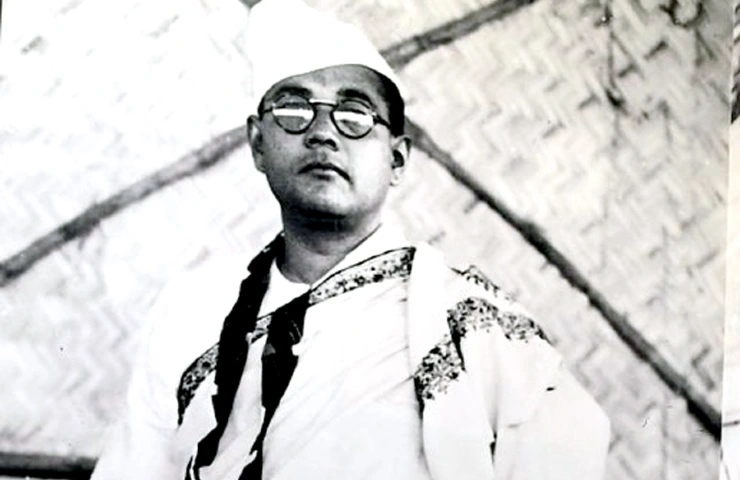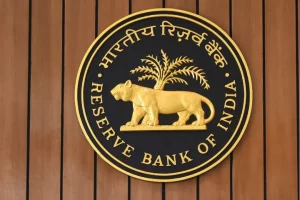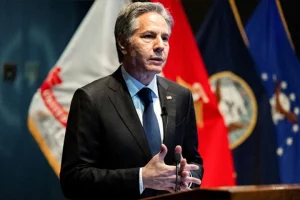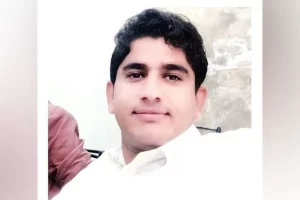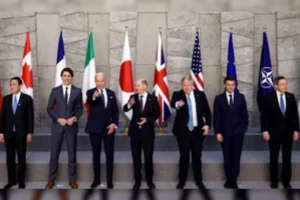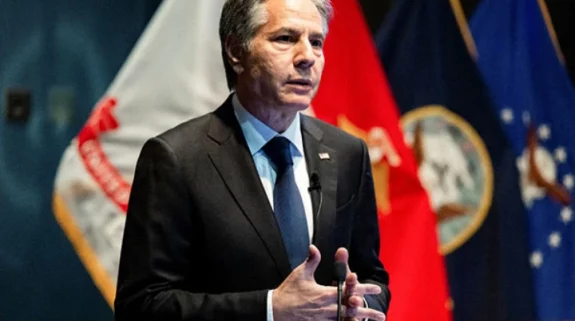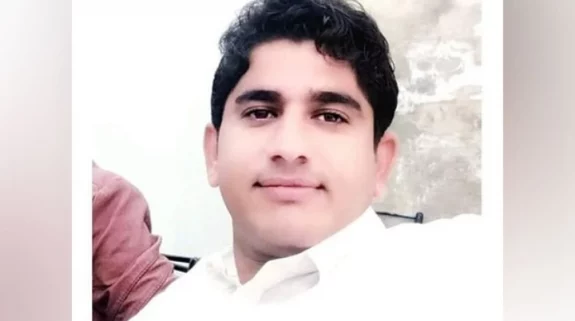The man who gave India the clarion call ‘Dilli Chalo’ for securing freedom from the British Empire, is finally getting his rightful place in Delhi, on his 125th birth anniversary.
It is befitting that Netaji Subhash Chandra Bose’s statue has been installed at the iconic India Gate, so as to be directly visible to the people, and those entrusted with upholding democratic principles enshrined in the constitution – the legislature, the judiciary, and the executive – to inspire and remind them of the dream he ignited in his fellow country-men and women of breathing in a free India, the nationalism he lived and fought for, his strategic vision in engaging with world leaders & countries to support India’s freedom movement, his statesmanship, conviction and courage which took on the might of the British empire.
Nationalist to the core, Netaji was successful in arousing the spirit of ‘nation over community, religion, tribe’ across the country. Madhuri Bose, Netaji's grandniece, recalls a broadcast by Netaji from somewhere in Burma on 12th September 1944. “We have resolved to create a united and free India; therefore, we shall oppose all attempts to divide her and cut into bits,” Netaji asserted.
Some unforgettable tributes to Netaji Subhas Chandra Bose. pic.twitter.com/AX7dxGswGk
— Narendra Modi (@narendramodi) January 23, 2022
The deeply loyal British Indian Army, Navy and Air Force too did not stay unaffected by the fervour and energy he unleashed. Netaji’s freedom struggle and the exploits of the Indian National Army (INA) inspired the Naval Mutiny in Bombay, and its reverberations at Naval Bases in Calcutta, Vizag, Madras, and Karachi, with slogans of “Strike for Bombay”, “Release 11,000 INA prisoners” and “Jai Hind”.
Likewise, the Royal Air Force (RAF) strike in January 1946 at Bamhrauli (Allahabad), spreading to Karachi, Dum-Dum (Calcutta), Kanpur, Palam (Delhi), Poona, Vizag, and Chaklala; and the Army Signals Training Centre mutiny in Jabalpur in February 1946 had, what many have described as the last nail in the coffin for the British Empire in India.
Netaji’s charismatic leadership was distinctly manifest in the way he gave the INA direction – freedom for India! The soldiers saw a sense of purpose as the INA transformed into a fighting force. Many officers, peeved by the differential treatment in the British Indian Army, were inspired by Netaji to switch over to the INA.
The INA that Netaji rejuvenated was way ahead of its times in terms of equality, be it religious, caste, community, or gender. The INA had a strong women force in its ranks.
Netaji’s bulwark of ‘communal unity’ stood out in the face of the British ‘divide and rule’, to which the Indian National Congress and the Muslim League had fallen prey. The INA trio of Captain Shah Nawaz, Captain PK Sahgal and Lieutenant GS Dhillon, epitomised Hindu-Muslim-Sikh unity, across the rank and file of the INA. The trials of these three INA officers inspired such strong protests across the country, that the British buckled into remitting their sentence, and more importantly, firmly concluded, that the time for ‘Rule Britannia’ in India is over.
An astute strategist, Netaji saw the opportunity for India’s independence in the run up to the Second World War. Netaji realised that in the political upheaval in Europe, lay the chance to seize India’s freedom. Chanakya Neeti (principle) says, ‘enemy's enemy is your friend’. Netaji perceived the mutual advantages of an alliance with Germany and Italy, against Britain. By early 1943, considering the speed of the Japanese advance through southeast Asia, Netaji persuaded the Germans that it would be more advantageous for him to lead the Indian independence effort along with the Japanese. He undertook a hazardous voyage in a submarine from Europe to South Asia, to take charge of the INA in Singapore, and advanced along with the Japanese Army, against the British.
Netaji was a true statesman. He respected divergent approaches and views. His impatience with Mahatma Gandhi led nonviolent approach to freedom, never came in the way of his respect for Gandhiji. Despite their differences through the early 1940’s, in his broadcasts, Netaji always addressed Gandhi as the Father of the Nation. Earlier, at the Lahore session of the Congress in December 1929, when the resolution for civil disobedience and launch of Salt Satyagraha was being passed, Netaji was the lone voice that proposed an amendment. He called for ‘a parallel government and not civil disobedience’. However, when the Salt Satyagraha was launched, Netaji appreciated the movement and urged full support from the people.
Netaji was a pragmatist, whose counsel was at times disregarded by the congress leadership. The price for overruling Netaji’s pragmatic politics continues to be paid for even now. Assam is a case in point. Netaji was strongly opposed to the Congress Working Committee’s demand of October 1939, that Gopinath Bordoloi’s Congress Ministry in Assam should resign along with the overall Congress opposition to supporting the British Second World War effort. Netaji had cautioned that Assam Congress must not resign, as it was a ‘special case’, because of the sensitivities of its demography and economy. Eventually in deference to the Congress High Command, Gopinath Bordoloi resigned and went to jail with other Congress leaders of Assam. With active British connivance, Muslim League filled in the void immediately and formed the Ministry in Assam. In Jul 1941, Saadulla’s Muslim League Ministry introduced a land settlement policy that opened the floodgates to immigration from East Bengal. This policy allowed the immigrant to settle anywhere in Assam and occupy as much as thirty bighas of land and more for each homestead to ‘grow more food’ for supporting the war effort. The aftereffects of the immigration that commenced from East Bengal and persisted through the times of East Pakistan and Bangladesh, continues to rock stability in the Northeast.
It is widely accepted that Netaji did not get his due in independent India’s history. The statue at India Gate and his birth anniversary marking the start of Republic Day celebrations, is one such symbolic gesture which will continue to remind us of his legacy and inspire future generations.
Subhash Chandra Bose: A legend in Southeast Asia
PM Modi bows to Netaji Subhas Chandra Bose, will launch Republic Day celebrations today
(The author is former Deputy Chief of Army Staff and Kashmir Corps Commander, and Member, National Security Advisory Board. The views expressed are personal and exclusive to India Narrative)






